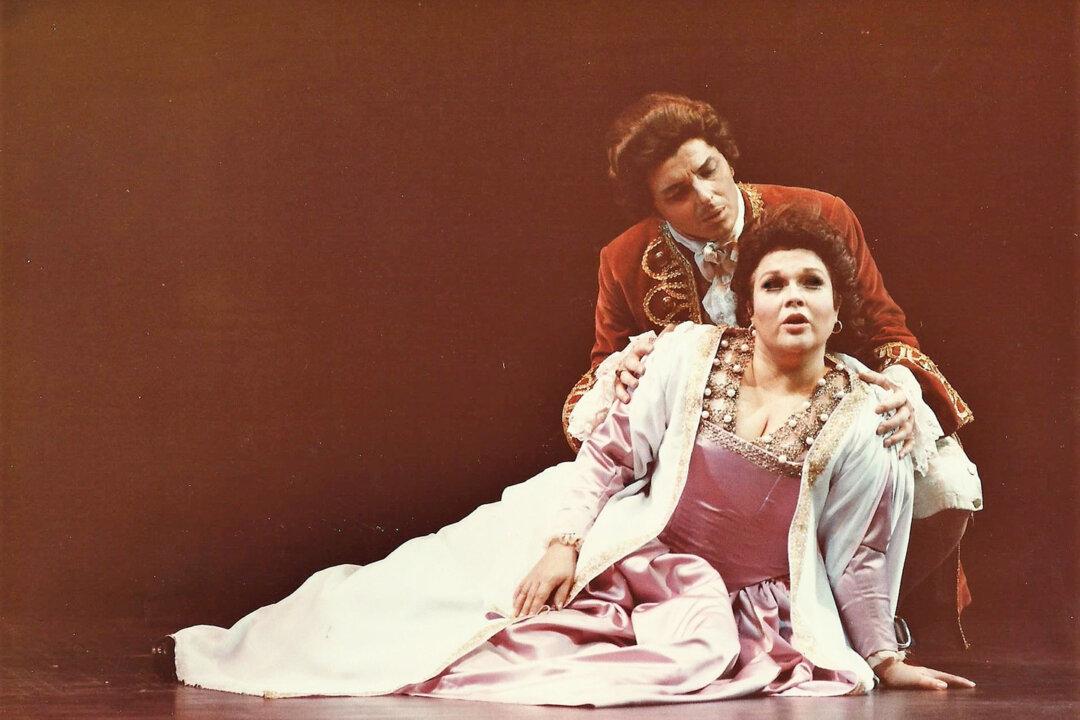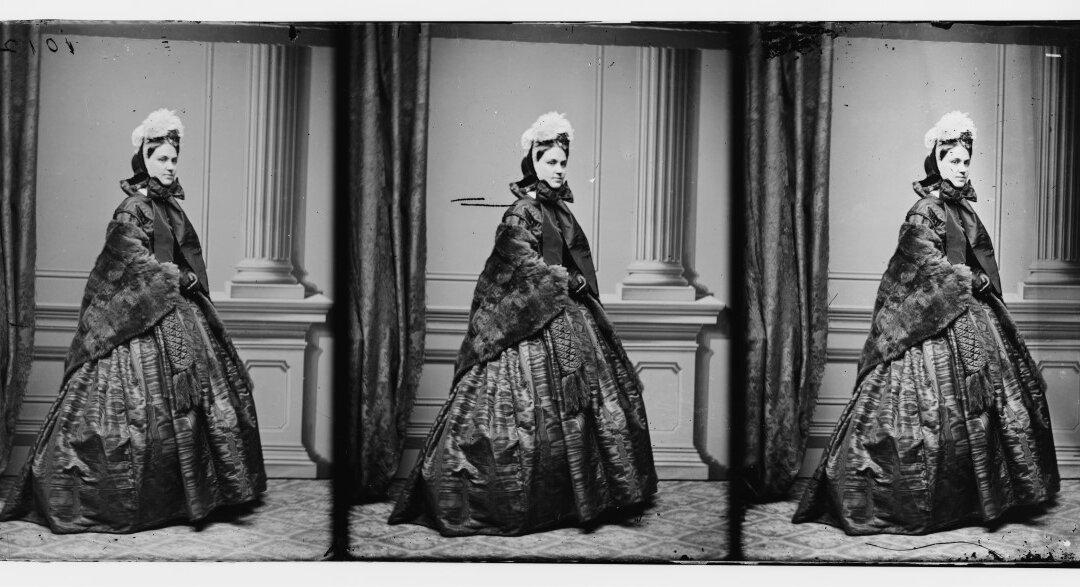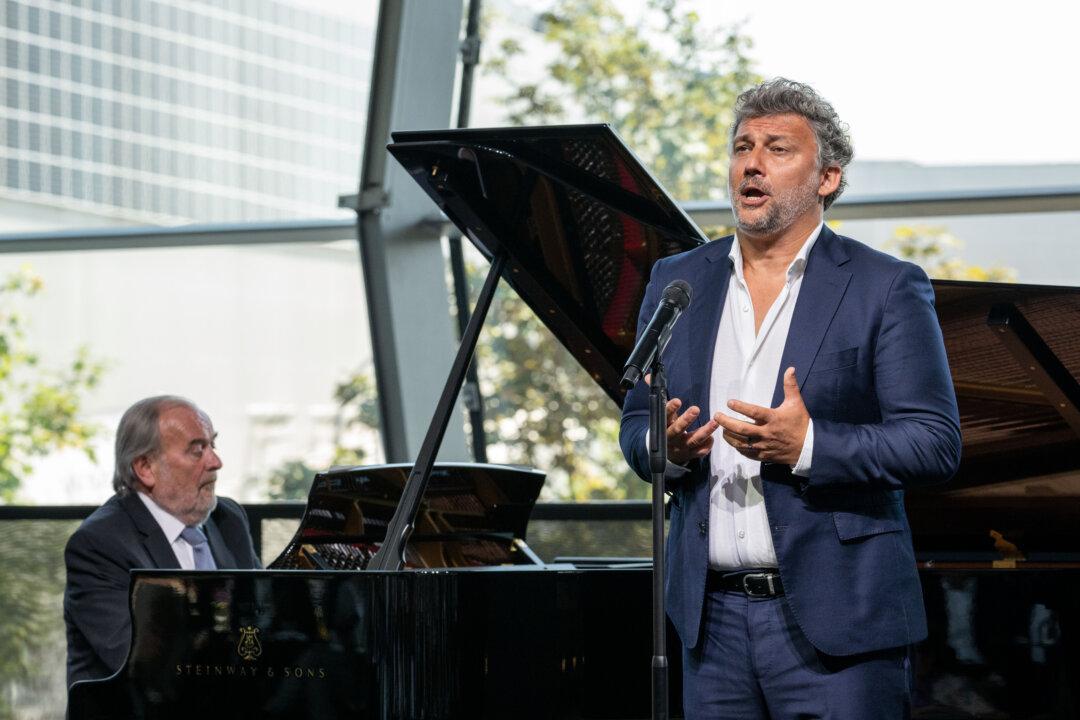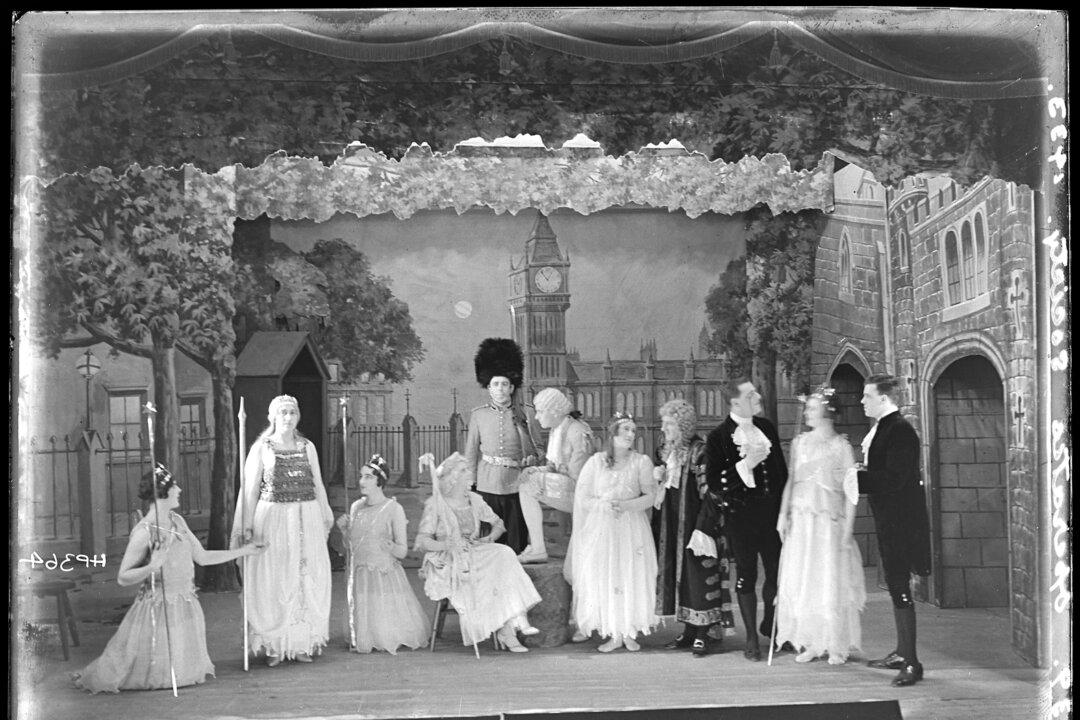Opera super stars like Lily Pons, Maria Callas, and Leontyne Price are almost always sopranos, not mezzo-sopranos, a voice range between the low alto and high soprano. Yet mezzo-soprano Marilyn Horne was described as “the most American of all operatic singers” in a 1991 New York Times article by Will Crutchfield. He said she has “a can-do technical command of the voice, ready intelligence, Protestant work ethic in excelsis … [and] melting-pot versatility.”
Few opera stars begin singing primarily in a soprano range, then in both mezzo and soprano, and wind up completely in the mezzo range as did Horne. “Her unique timbre has a hint of metal at the center, a ringing and sweet soprano top, and a stentorian low contralto that booms as no other anywhere,” a Kennedy Center Honors article said.





